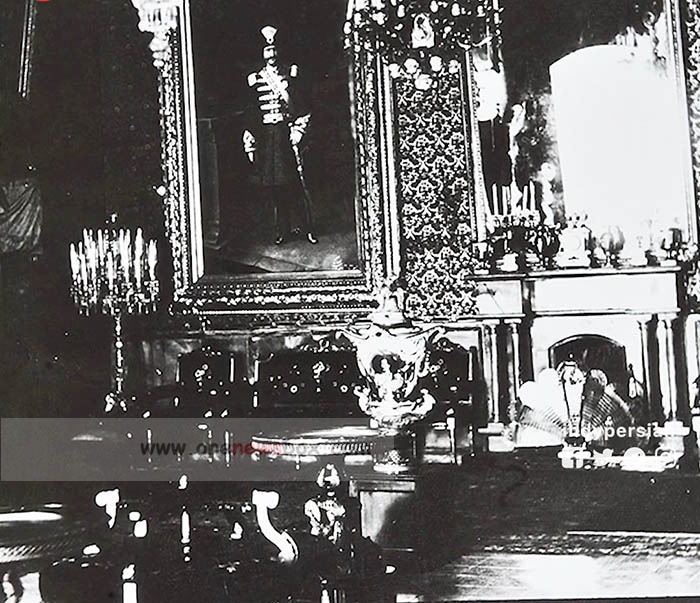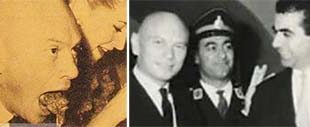During this period, Golestan Palace became a center of diplomacy and governance, hosting foreign dignitaries and showcasing Iran’s artistic and architectural achievements. It was adorned with intricate tilework, mirror decorations, and European-inspired elements, reflecting the fusion of Persian and Western artistic styles that characterized the Qajar period.
Pahlavi Era and Modern Changes
During the Pahlavi dynasty (1925–1979), the palace complex was used primarily for formal receptions and state ceremonies. The coronations of both Reza Shah in 1926 and Mohammad Reza Shah in 1967 took place in Golestan Palace. However, during Reza Shah’s modernization efforts, a large portion of the palace buildings was demolished to make way for modern infrastructure. This decision significantly altered the original layout of the complex, as historical structures were replaced with contemporary commercial buildings.
Despite these losses, the core elements of the Golestan Palace remain intact, and in 2013, it was officially inscribed as a UNESCO World Heritage Site, recognizing its outstanding universal value as a testament to Persian architectural and artistic heritage.
Architectural Features and Components
The Golestan Palace Complex comprises 17 structures, including palaces, museums, halls, and three major archival sections: the photographic archive, the library of manuscripts, and the document archive. The complex is an excellent example of Persian architecture infused with Western influences, a trend that became prominent during the Qajar era.

